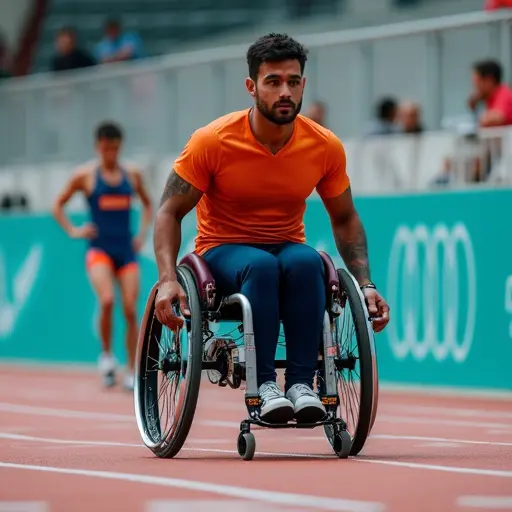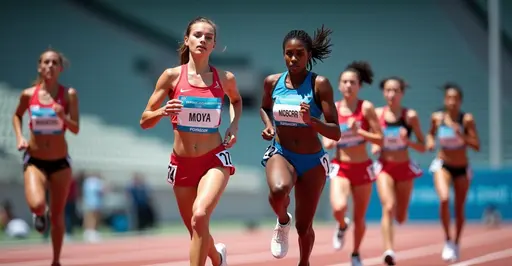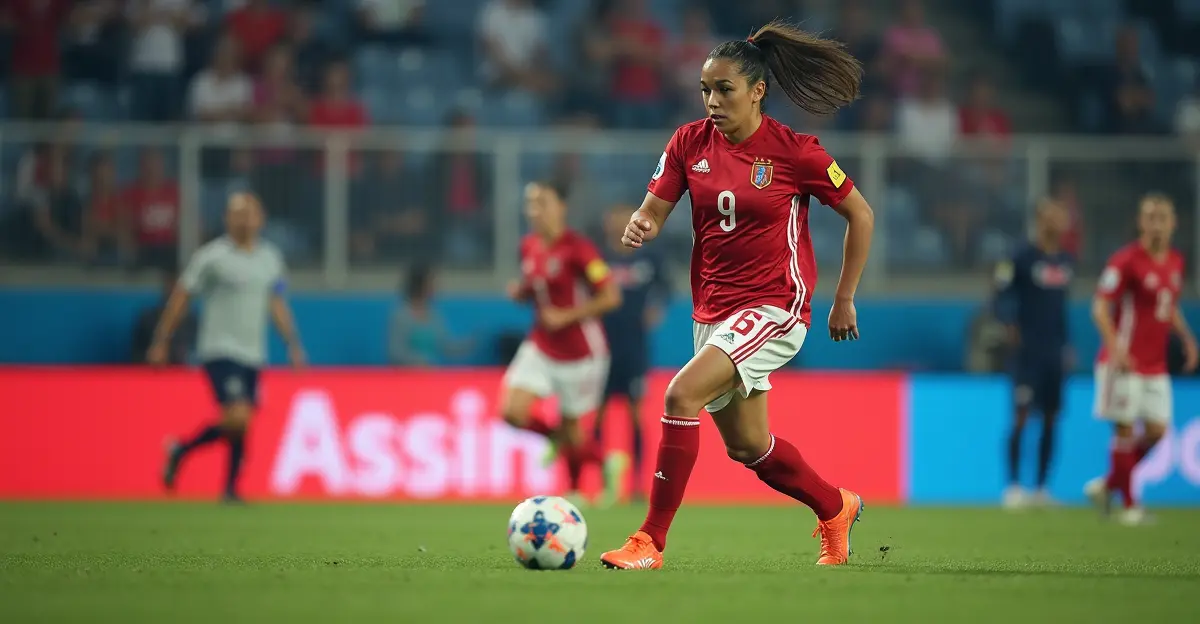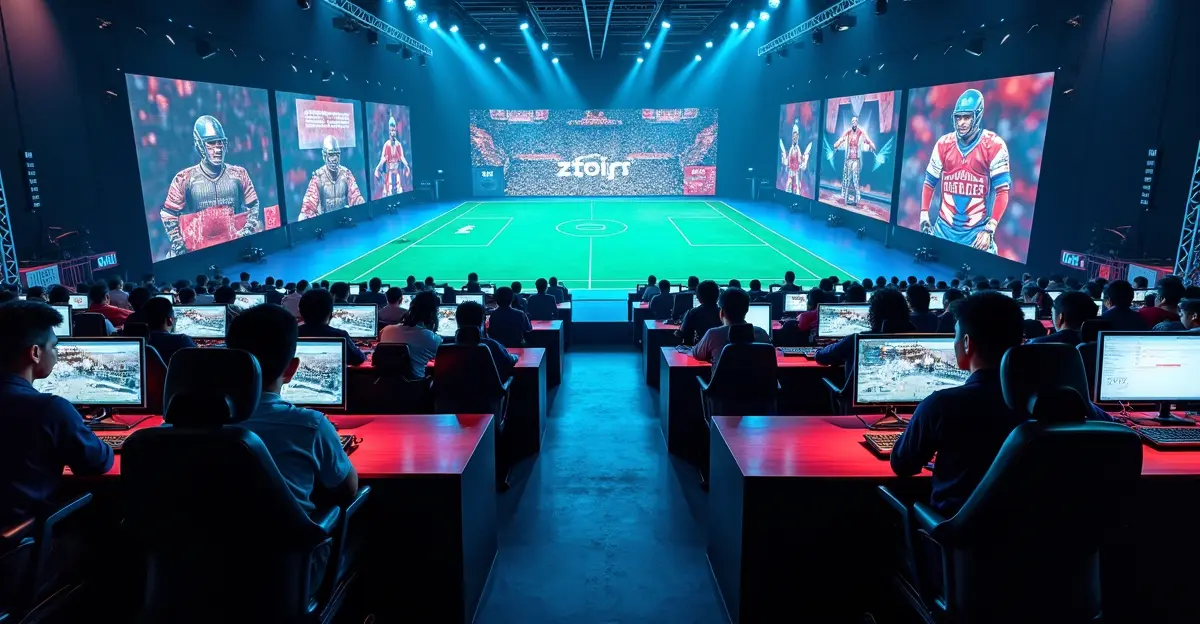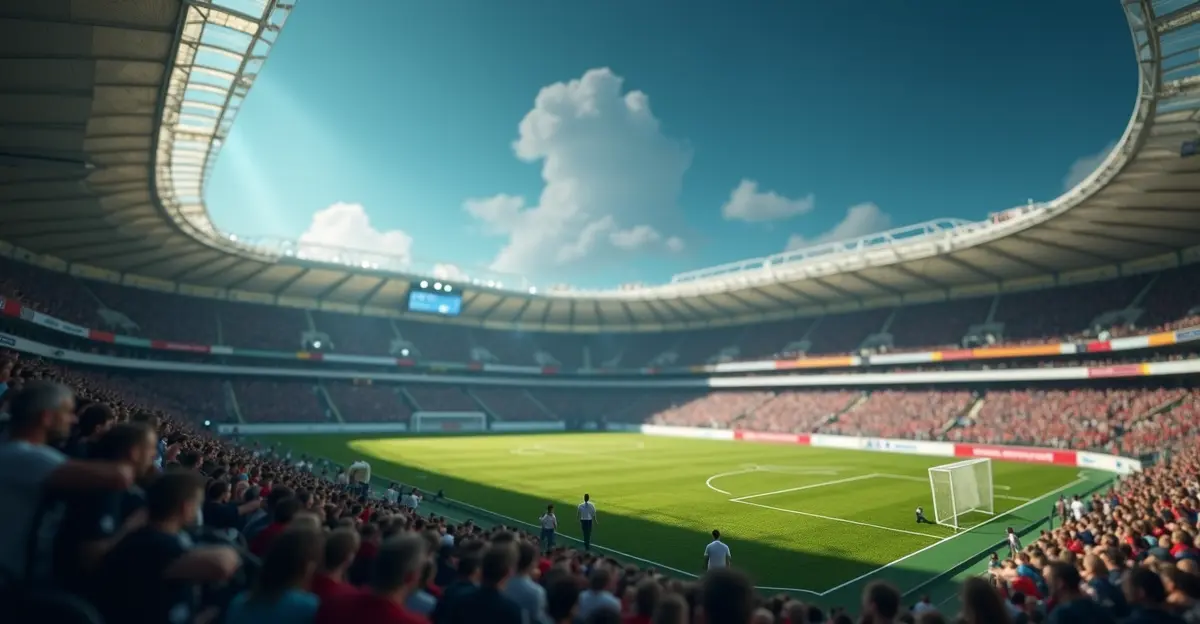Despite progress in some sports, significant gender pay gaps persist in 2025. Female athletes earn substantially less than male counterparts across most professional sports, with structural barriers and historical underinvestment continuing to limit equality.

The Ongoing Battle for Equal Pay in Sports
The debate over equal pay between male and female athletes continues to rage in 2025, with significant wage disparities persisting despite some progress in certain sports. While 90% of sports now offer equal prize money at major championships according to recent data, the reality for professional female athletes remains starkly different from their male counterparts.
Stark Financial Disparities
The numbers tell a sobering story. Elite female footballers typically earn only 15-25% of what male players make, while in basketball, WNBA players earn a fraction of NBA salaries. 'When you look at the numbers, it's clear we're not even close to equality,' says sports economist Dr. Sarah Johnson. 'Caitlin Clark's $77,000 WNBA rookie salary versus Victor Wembanyama's $12.2 million NBA contract demonstrates the massive gap that still exists.'
According to a Parity Now survey, 58% of female athletes earn less than $25,000 annually - below the U.S. median income. Even more concerning, half of women athletes reported zero net income after accounting for sports-related expenses.
Progress and Setbacks
Tennis has been a notable success story, with Grand Slam tournaments now offering equal prize money. However, this remains the exception rather than the rule. 'We've made progress in tennis, but we can't rest until every sport achieves pay equity,' says tennis champion Naomi Osaka.
The business case for investing in women's sports is becoming increasingly clear. Deloitte projects the global value of women's sports to exceed $2 billion in 2025, with record valuations emerging for women's teams. The WNBA's New York Liberty is now valued at $450 million, while Chelsea FC Women reached a $326 million valuation.
Structural Barriers Remain
The pay gap stems from decades of systemic underinvestment in women's sports. Historical bans on women's sports, limited professional pathways, and inadequate maternity provisions have created structural disadvantages that persist today. 'It's not about talent or market demand - it's about decades of intentional underinvestment,' explains sports analyst Maria Rodriguez.
Media coverage also plays a crucial role. The 2023 Women's World Cup drew 2 billion viewers globally, proving there's massive audience interest when women's sports receive proper coverage and promotion.
The Path Forward
Experts emphasize that achieving true equality requires addressing structural inequalities beyond just pay. This includes equal media coverage, investment in grassroots development, and improved working conditions. 'We need intentional investment and a societal shift in how we value women's sports,' argues equality advocate Lisa Chen.
Despite the challenges, there are signs of progress. The expansion of women's sports bars from one to 11 locations across the U.S. in just three years shows growing commercial interest. MLB's first-ever partnership with a women's professional sports league through investment in the Athletes Unlimited Softball League represents another positive step.
The fight for equal pay in sports continues, with athletes, advocates, and forward-thinking organizations pushing for the systemic changes needed to achieve true gender equity in athletics.

 Nederlands
Nederlands
 English
English
 Deutsch
Deutsch
 Français
Français
 Español
Español
 Português
Português




